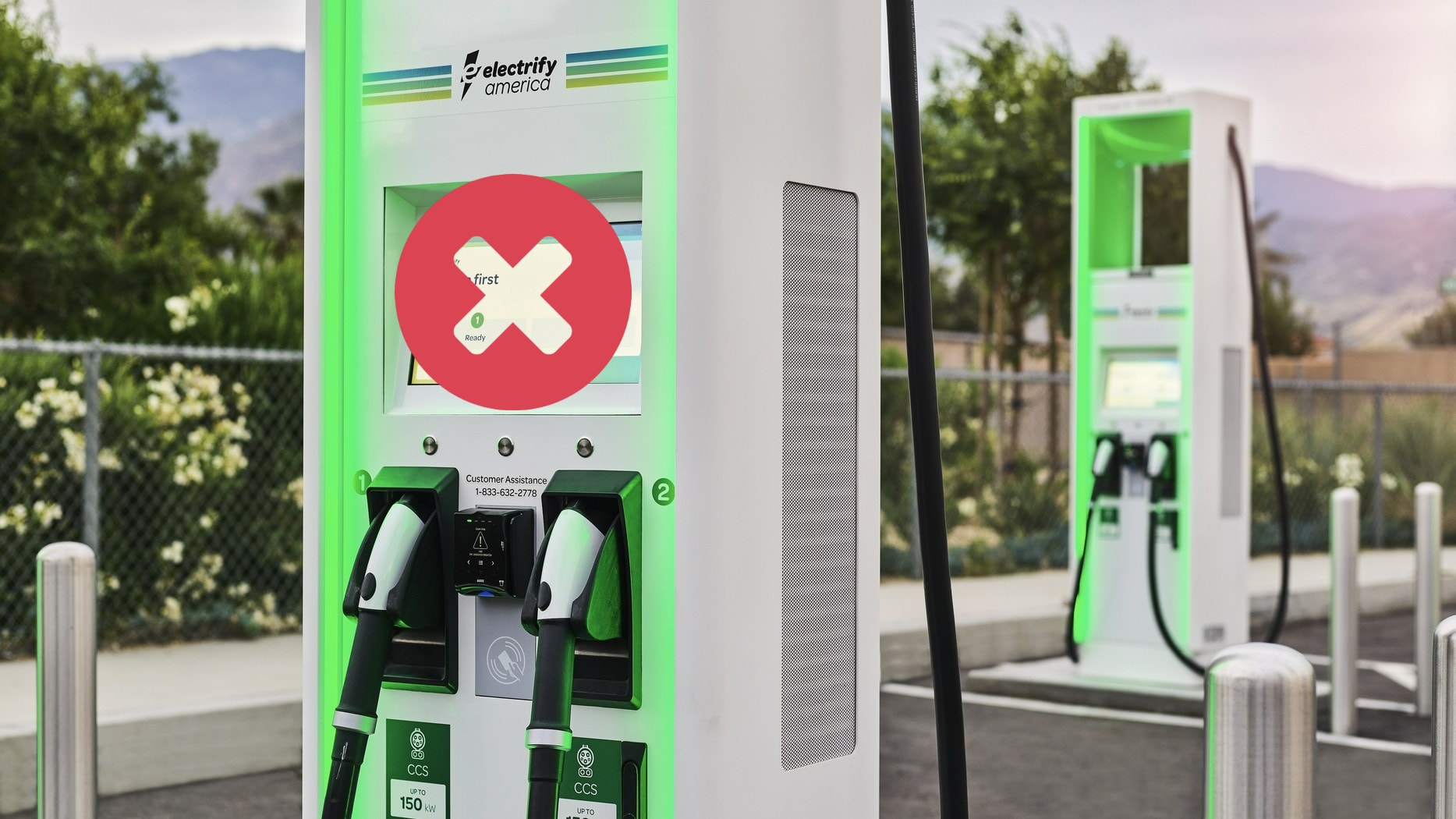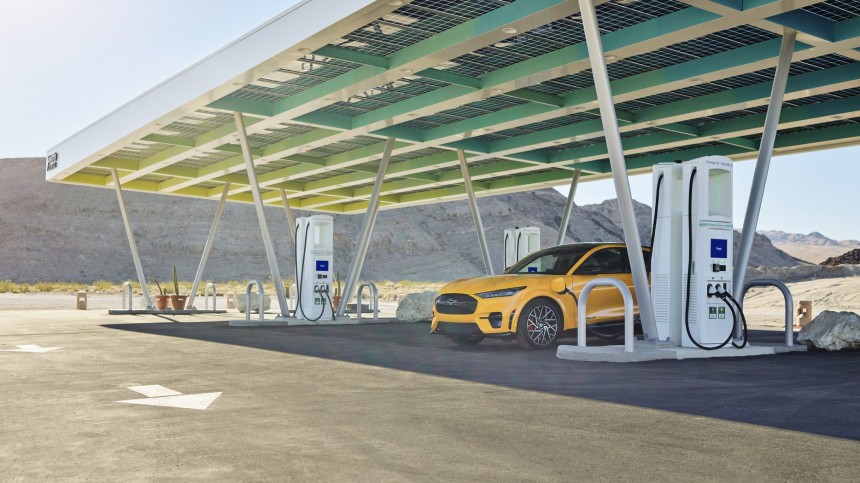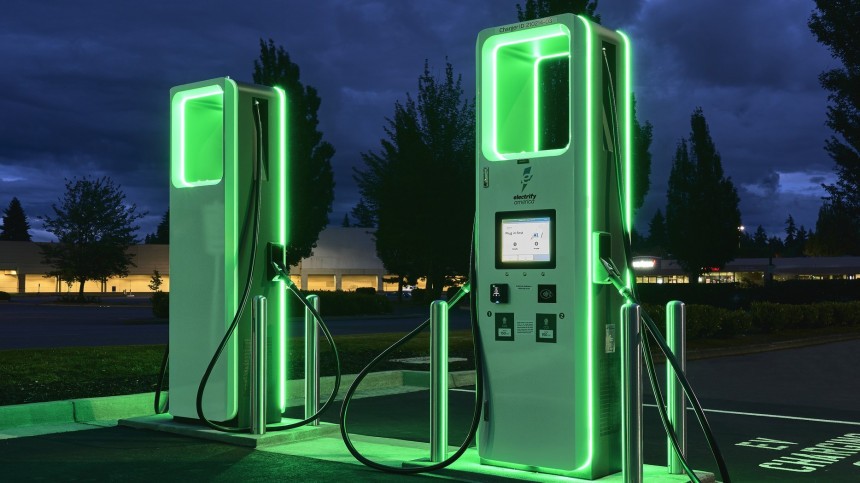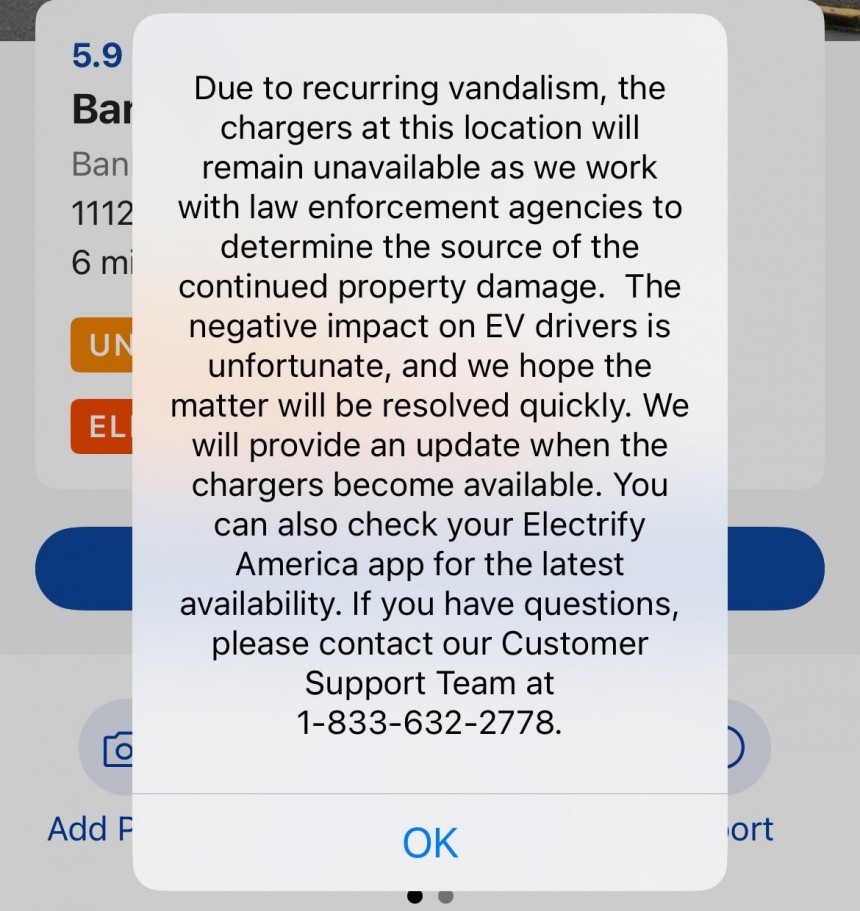First, it was street lights. Now, it’s all about EV charging cables. Thieves or people who simply hold a big grudge against battery-electric cars are actively sabotaging the move to a less polluting way of moving around. That’s happening despite the fact that the average US passenger vehicle on the road has never been older. Electrify America isn’t going to put up with it.
There are two things any prospective EV buyer should consider when picking a battery-electric ride. The first is: how often do long-distance journeys happen? The second is: where can the car be charged when you don’t have to be out on the road?
If you have to cover hundreds of miles on a daily basis, you might not want an EV that will give you range anxiety. Keep in mind that not all battery-electric vehicles are Lucid Air Grand Touring-like EVs. That sedan can cover over 510 miles on a single charge. That’s what you want to see. Not only because driving to another state will be a piece of cake but also due to the fact that high-voltage batteries’ performance is impacted by the outside temperature, the speed, the weight of the passengers, wind, and other things like A/C use. The farther you can go on a full battery, the better. You won’t worry about remaining stranded when the weather goes haywire.
Then, there’s charging. After virtually every automaker in North America announced that they would eventually switch to NACS and reached a deal with Tesla to give their buyers access to the extensive and praised Supercharger network, the world’s most valuable carmaker unexpectedly decided to get rid of the team behind this successful venture. Now, many are wondering if ditching CCS was a good idea.
So, having multiple places where you can charge an EV is ideal. It can happen at home overnight, at the office during work hours, at the restaurant where you’re eating dinner, or at a high-power dispenser. The latter option has gotten quite expensive in many parts of the US lately, but that’s another topic of discussion.
Remaining on the right path
You might think that EV adoption is still nowhere near the desired goal of many who want it to replace conventional cars because people have been turning to hybrids lately. You wouldn’t be wrong. However, in many parts of the country (predominantly in California, New York, and Colorado), EVs are quite popular.
There are so many owners of vehicles like the Model Y, the F-150 Lightning, or the Rivian R1S that we’re often seeing queues at popular high-power charging places. Considering that a typical charging session takes anywhere from 10 to 40 minutes (or even more if you need to “fill it to the brim”), it’s easy to understand why people choose to wait for a plug to become available.
Understandably, that can be frustrating for many. However, it can become a lot worse. In many cities, thieves have been targeting DC fast chargers because they have thick cables with a lot of copper in them. These nefarious actors disregard the risk of electrocution and steal the cables to take out the sought-after metal inside them. Only in the last six months has the price of copper increased by about 30%. Thieves know it, too.
Many treat it as a simple task because it’s a low-risk activity. Chances are slim that the Police will see someone cutting a cable at night and stop them. It’s the law enforcement’s fault. Many of these charging stations are so awkwardly positioned that EV owners prefer to wait until sunrise to visit them. They are ideally located for thieves to cut all the copper-rich cables in a short amount of time when it’s dark outside.
When a DC fast charger is forcefully relieved of having to dispense electrons rapidly, the station’s owner must spend thousands of dollars in repairs. Meanwhile, the thieves get around $12-$18 per cable. A few efforts have been made in the right direction. Some companies discussed the issue with law enforcement and decision-makers. The simplest solution, however, is for recycling companies to stop accepting copper coming from dubious sources or cables that are obviously stolen.
Some would also add traditional car owners who dislike EVs to the pile of problems. It sometimes happens that people park in a bay where only green vehicles should be on purpose. That’s a phenomenon known as “ICEing.” I would say that they at least leave after posting their deed on a social media platform or bragging about it to their friends. Not everyone who blocks one or more DC fast chargers is willing to also damage them.
It’s not looking good, but don’t lose hope just yet
Unfortunately, many companies that offer fast-charging solutions don’t pay for good surveillance. You’ll rarely see a camera that’s able to capture someone’s face in good quality installed in surprisingly vulnerable areas. That’s understandable, in a way. Who would play with electricity, right? Everyone knows you don’t mess around with what’s going on inside the charger without special equipment.
But people are unpredictably creative when they want to make a quick buck. Electrify America noticed that this phenomenon has become particularly bad lately. So, instead of figuring out what can be done to stop thieves, it has simply given up. The VW-owned entity won’t repair the chargers affected by recurring vandalism.
The message shown to people who wanted to charge at an EA station in Seattle
The company has already informed prospective customers of some of these locations about its plans, so check if the station you intend to visit is up and running. Sometimes, a dispenser might fail, while on other occasions, there might not be any way to tap into all those available electrons. Make sure you check at least two sources (different EV charging apps) before heading to a charging station.
Still, the Dieselgate-born company plans to add 1,000 individual high-power chargers by the end of the year, and I think that’s great. However, maintenance is also paramount. More and more people will rely on Electrify America to have working pedestals. It should find ways to stop people from cutting cables. EV drivers should also report any suspicious activity.
At the end of the day, one thing is certain: it will be a while before anyone can drive a zero-tailpipe, noiseless vehicle everywhere in the US or Canada without compromising one way or another. We’re still in the early days of changing what the average passenger car on American and Canadian roads looks like.












